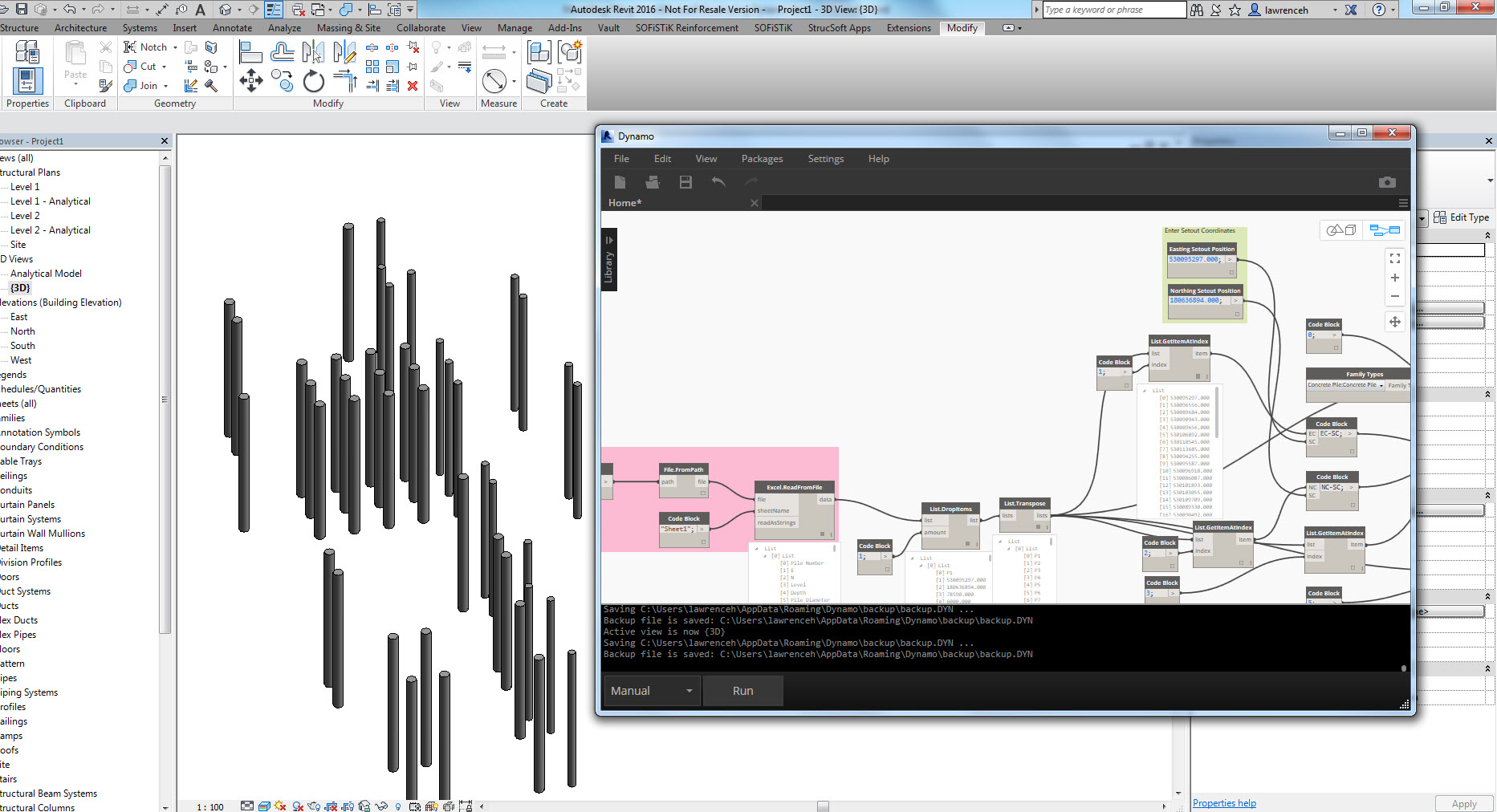Revit Add Ins: Broadening Your Layout Capabilities
Wiki Article
Revit Accelerator: Excel Assimilation Techniques for Enhancing Productivity and Collaboration
Are you looking to boost your performance and partnership while utilizing Revit? Look no additional! In this article, we will discover the advantages of integrating Excel into your Revit workflows. Discover just how you can enhance your processes, make best use of partnership, and even learn advanced methods for enhancing performance. Plus, we will share best techniques for effortlessly integrating Excel right into your Revit tasks. Get all set to supercharge your Revit experience with our Revit Accelerator: Excel Integration Approaches!Benefits of Excel Combination in Revit
The benefits of Excel combination in Revit are various and can substantially enhance performance and cooperation. By perfectly attaching these 2 powerful tools, you can improve your workflow and conserve important time. With Excel assimilation, you can quickly import and export data in between Revit and Excel, allowing you to take advantage of the strengths of both programs.
One more benefit of Excel combination is the ability to produce vibrant schedules and reports. By linking your Revit model to an Excel spreadsheet, any adjustments made in Revit will instantly upgrade in the equivalent Excel documents. This makes it very easy to produce updated timetables, amount departures, and other task documents.
Excel assimilation in Revit additionally enables far better cooperation amongst employee. With the capability to import and export information, you can conveniently share details with coworkers who may not have access to Revit. This advertises effective communication and permits far better control and decision-making.
Simplifying Workflows With Revit and Excel
Streamlining operations with Revit and Excel can considerably improve effectiveness and collaboration. By integrating the abilities of Revit and Excel, you can flawlessly move information between the two applications, removing the requirement for manual information entrance and decreasing the danger of errors.
Utilizing Revit and Excel with each other enables you to leverage the strengths of each program - revit add ins. You can export data from Revit right into Excel, where you can do complicated computations, create graphs and charts, and assess the details in a much more orderly and efficient manner. On the various other hand, you can import information from Excel into Revit, allowing you to promptly upgrade your designs and documents based upon changes made in Excel
The assimilation of Revit and Excel likewise promotes collaboration among employee. By sharing Excel files, you can easily connect and team up on style and construction-related data. This enhances control and ensures that every person is working with one of the most updated information.
Optimizing Partnership With Excel and Revit
To optimize collaboration with Excel and Revit, you can flawlessly share and update design and construction-related information with your group. By integrating Excel with Revit, you can get rid of the need for hand-operated data entrance and lower the danger of mistakes. With just a couple of clicks, you can import Excel spreadsheets right into your Revit version, enabling you to conveniently access and control the information. This assimilation enables you to work together extra effectively with your group, as every person can deal with the exact same information in real-time.Among the key advantages of utilizing Master combination with Revit is the ability to upgrade information in both programs concurrently. Any modifications made in Excel will automatically be reflected in Revit, and vice versa. This guarantees that everybody is functioning with one of the most current details, staying clear of complication and conserving beneficial time.
In addition, Excel provides effective tools for assessing and arranging information, which can greatly enhance your collaboration initiatives. You can create custom records and graphes in Excel, aiding you to envision and connect crucial job info successfully. When providing data to stakeholders or making informed choices based on job metrics (revit tools)., this can be particularly helpful.
Advanced Techniques for Increasing Productivity in Revit Using Excel
By making use of innovative techniques in Revit, you can dramatically enhance your performance by leveraging the power of Excel. With Revit's Excel combination attribute, you can link Excel spread sheets directly to your Revit design, permitting you to easily take care of and update data.
Furthermore, you can make use of Excel macros to automate repetitive jobs in Revit (revit tools). Macros permit you to record a series of activities and play them back with a solitary click, saving you effort and time. For instance, you can develop a macro to automatically produce area timetables or update specification worths in mass.
Best Practices for Excel Combination in Revit
Visit Your URL Utilizing Excel as an information monitoring tool in Revit permits for effective management and upgrading of information. One of the finest methods for Excel assimilation in Revit is to develop a clear and organized information framework. By complying with these ideal practices, you can efficiently use Excel as a data monitoring tool in Revit and enhance your efficiency and cooperation.Final Thought
In verdict, incorporating Excel with Revit can significantly improve efficiency and partnership in the layout procedure. By leveraging the power of Excel, Revit users can achieve higher levels of productivity and collaboration in their projects.With Excel integration, you can easily import and export data in between Revit and Excel, enabling you to take advantage of the staminas of both programs.
One of the crucial advantages of Excel integration is the additional resources capability to make use of Excel solutions and functions within Revit. By connecting your Revit version to an Excel spread sheet, any adjustments made in Revit will instantly update in the equivalent Excel file. On the other hand, you can import data from Excel right into Revit, allowing you to promptly upgrade your versions and paperwork based on adjustments made in Excel.
With Revit's Excel combination attribute, you can connect Excel spreadsheets straight to your Revit version, enabling you to easily take care of Home Page and upgrade information.
Report this wiki page